
The first wartime deaths from nuclear weaponry were vast in number and world-changing in scope. The first peacetime deaths from that same technology were far quieter incidents, free of violence but still illustrative of the awful power of the bomb.
The physicist Louis Slotin was part of the team that figured out how much nuclear material (plutonium and uranium) would be needed for the bombs used at the end of World War II. And as Richard L. Miller explained in his 1986 book Under the Cloud, Slotin wanted to see his work through to the end by accompanying the pilots who dropped the bomb, but he wasn’t given permission. Frustrated, he decided to go on vacation instead and leave his young assistant, Harry Daghlian, to continue his experiments while he was away.
On Aug. 21, 1945, Daghlian was stacking tungsten carbide bricks as a reflector around a plutonium core, according to a Los Alamos report on nuclear accidents. The idea was that the tungsten would reflect neutrons, meaning that you’d need less plutonium to get a nuclear reaction going. Daghlian’s lab instruments showed him that the next tungsten brick he added to the stack would bring the experiment to a critical point (ie. the reaction would begin). He moved to take the brick away, but his hand slipped and it fell into the middle of the stack. Though he quickly took the assembly apart, it was too late.
According to the American Physical Society, Daghlian’s skin turned red and began to peel off as his gastrointestinal system started to fail. He died that September. In a cruel twist, the next person to be killed by peacetime atomic science, in a similar mishap the next year, was Louis Slotin.
After that death, TIME (misidentifying Slotin as “the first peacetime victim of nuclear fission”) explained the science behind such accidents:
Apparently Dr. Slotin and seven or more other scientists were working with “subcritical masses” of uranium or plutonium. Kept apart, these masses were lifeless as lead, but if brought together to form a mass above “critical” size, a chain reaction would start. Its violence would depend on the character of the materials. Probably they were midway in activity between mild-mannered natural uranium and furious plutonium 239.
Bringing such “reactors” together is touchy business. The scientists work with infinite caution, watching instruments which measure the number of free neutrons within the experimental mass. Under some conditions, the chain reaction starts slowly. But sometimes it leaps into violence in a millionth of a second. There is no explosion, no vibration, no sound. No human sense can detect the outburst of deadly radiation. The only warning, which comes too late, is a faint bluish glow. Some experts think it is caused by ionization of the air; others believe it to be an optical illusion telegraphed to the brain by stimulated nerves behind the eyes.
Slotin suffered radiation burns while breaking apart the materials. According to a letter to the editor about that article, Slotin knew that he was sure to die within days but still returned to the lab to explain his work to the staff, “not wanting any knowledge to die with him.”
As for that staff, they had learned from the mistakes of those before them and established new safety protocols.
Hiroshima and Nagasaki: Photos From the Ruins
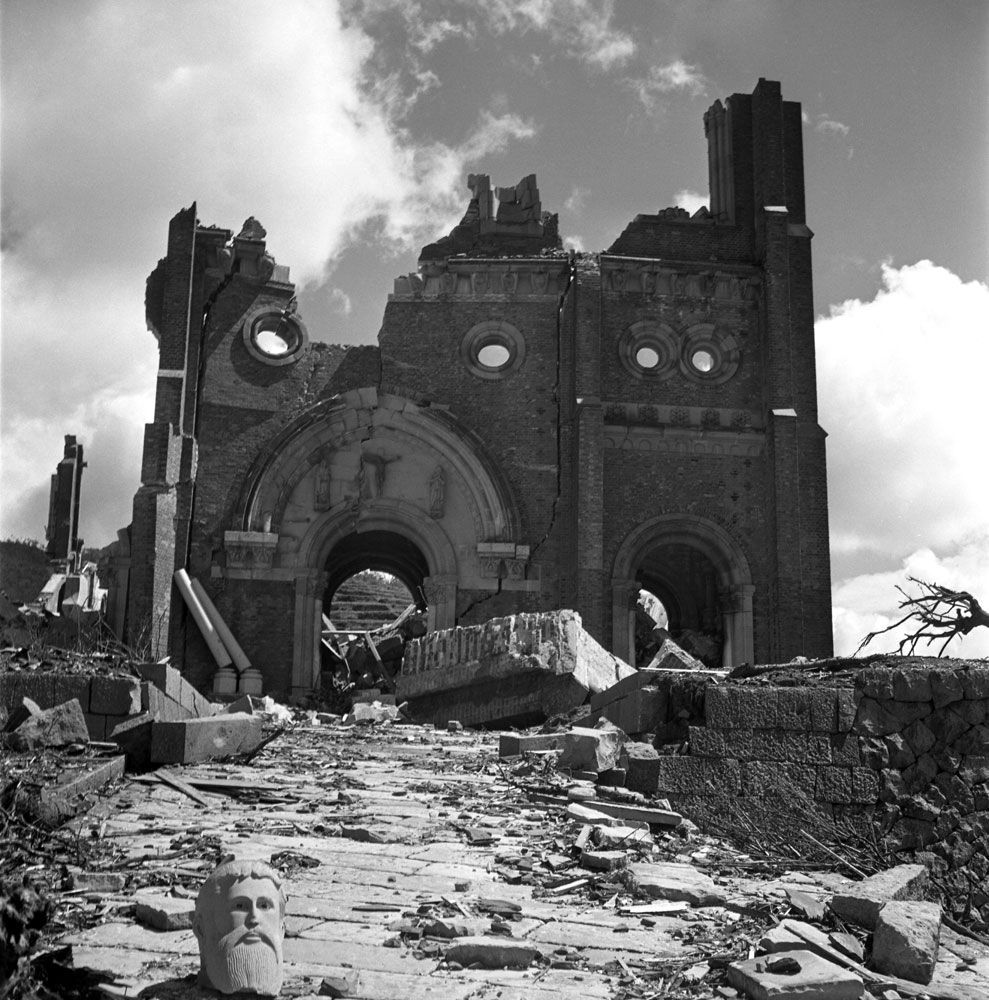
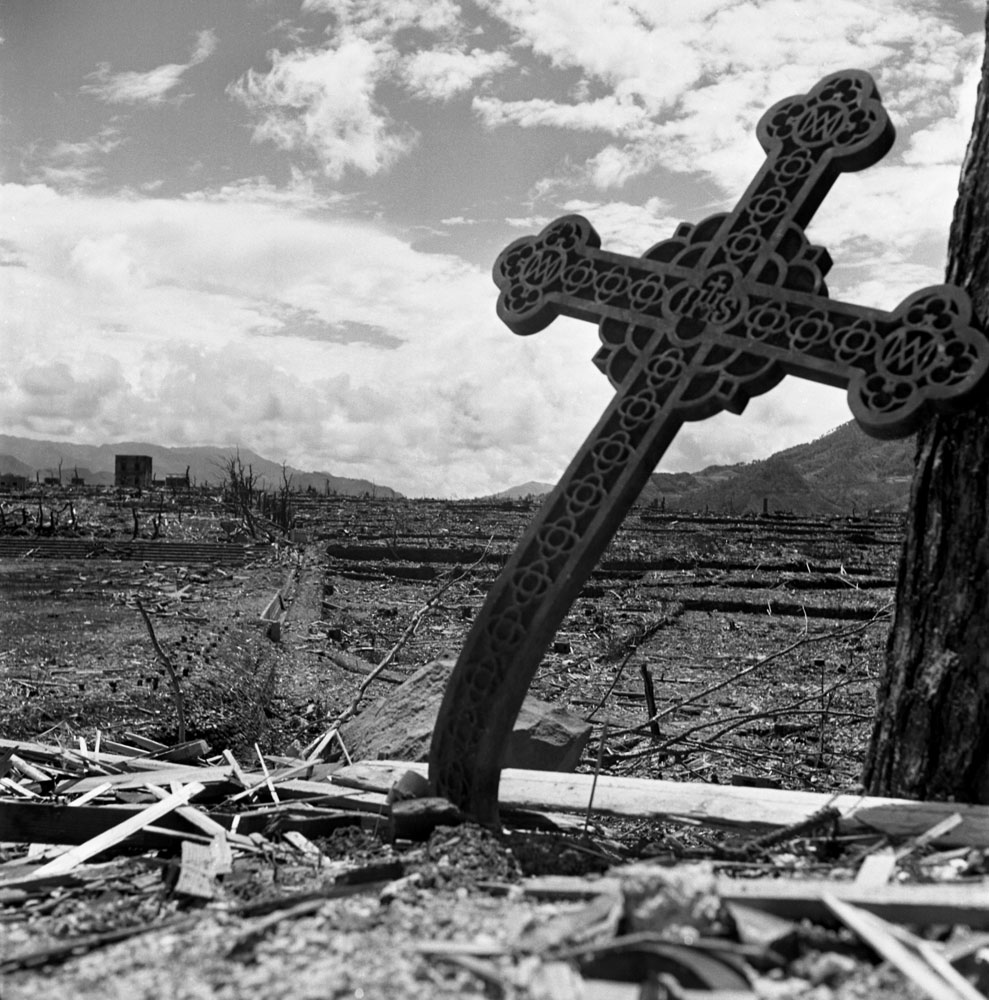
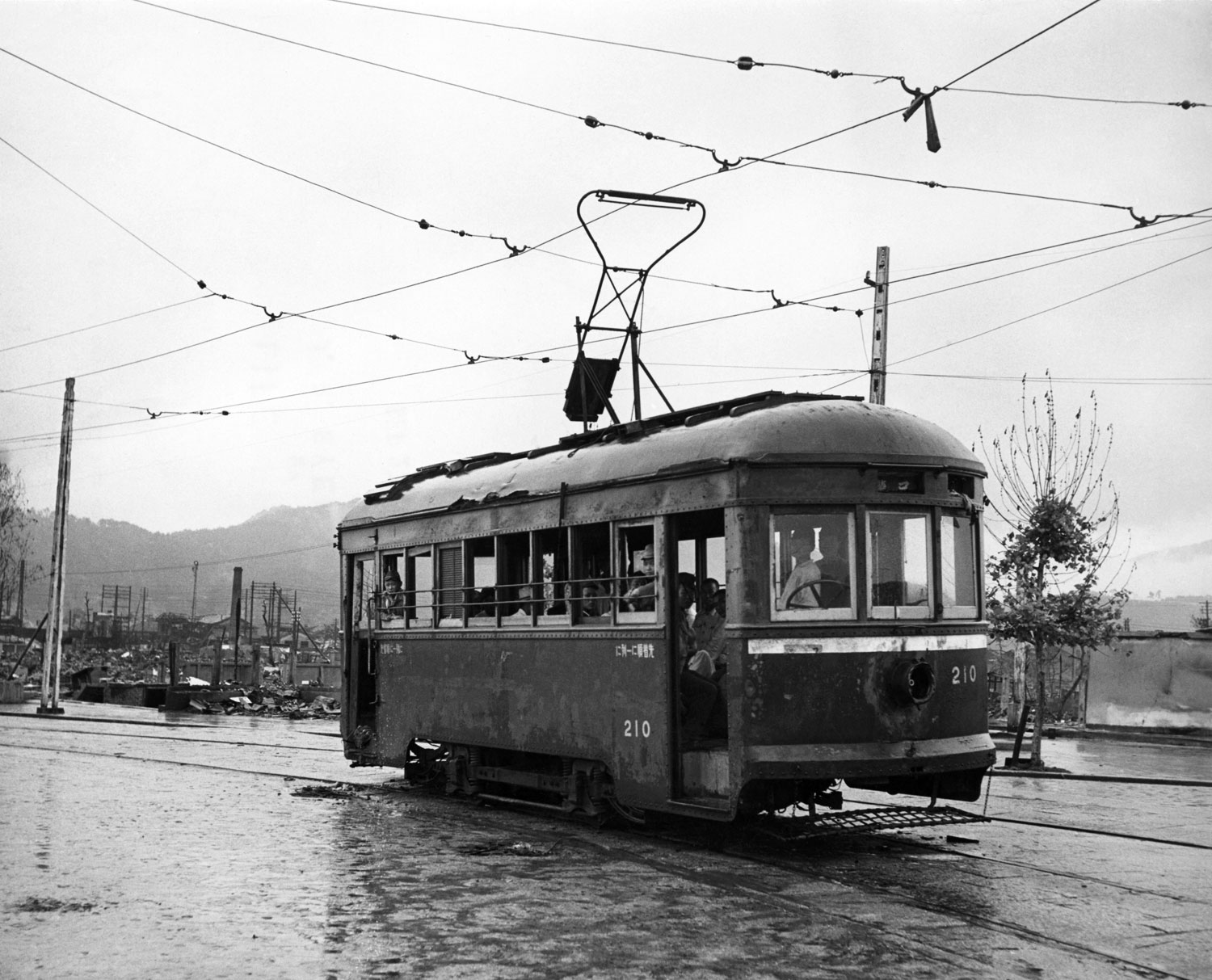
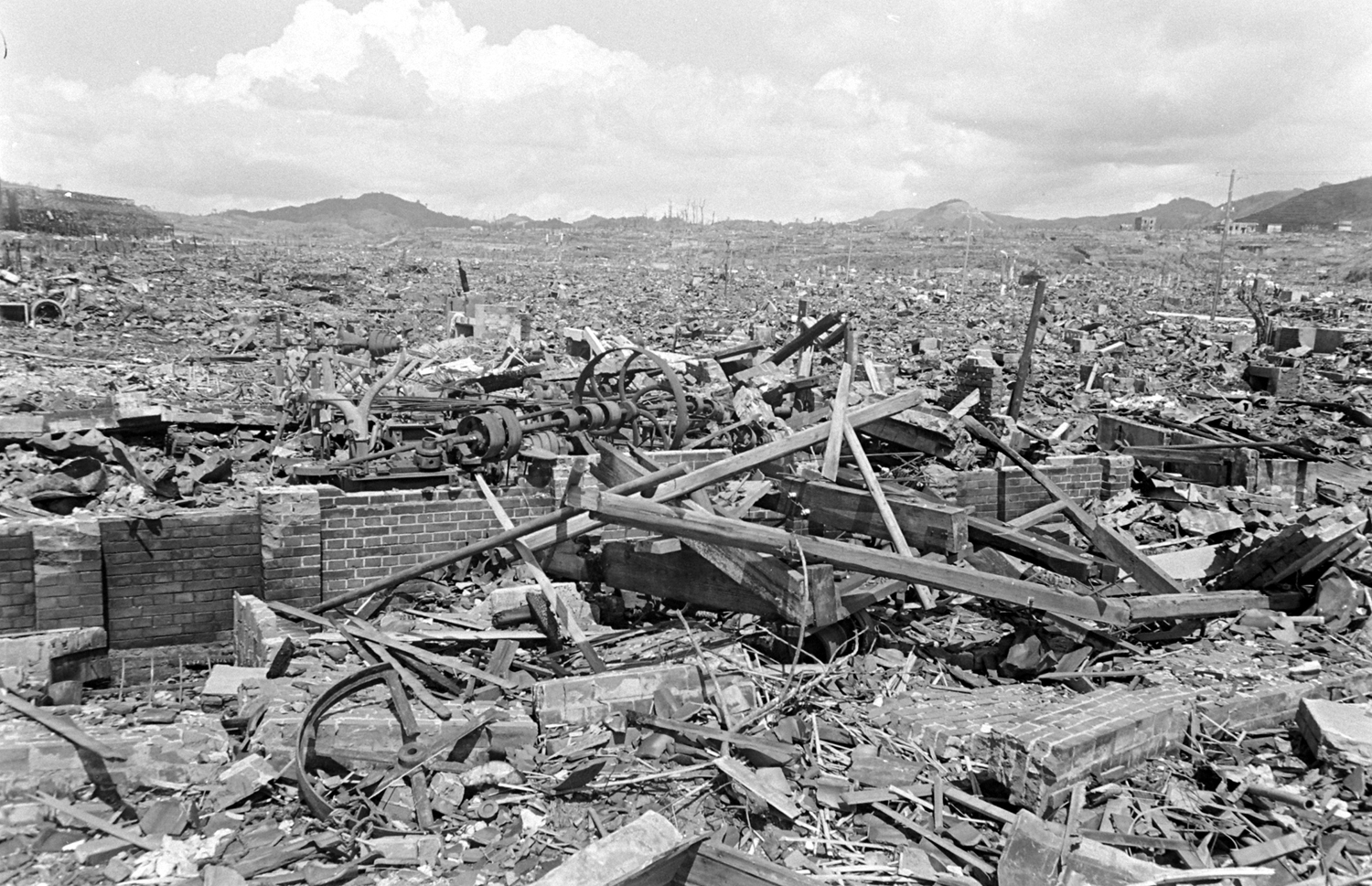
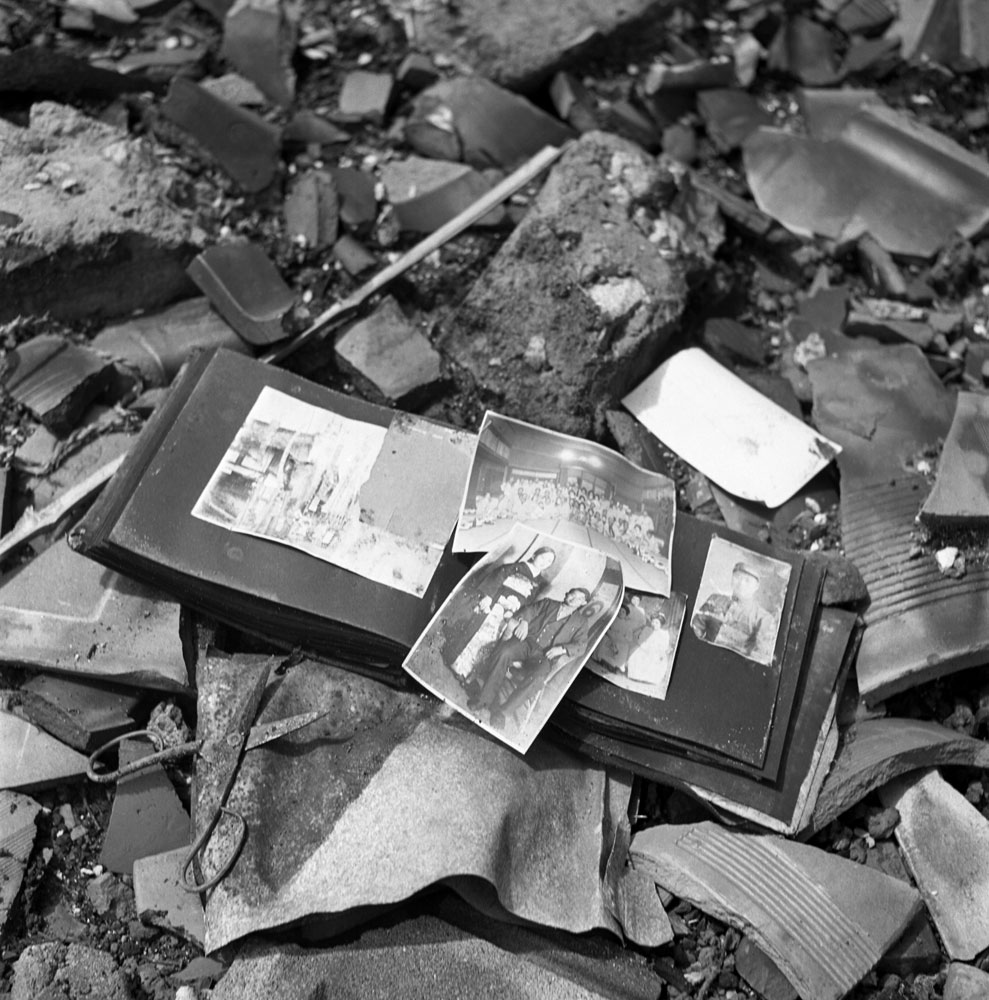

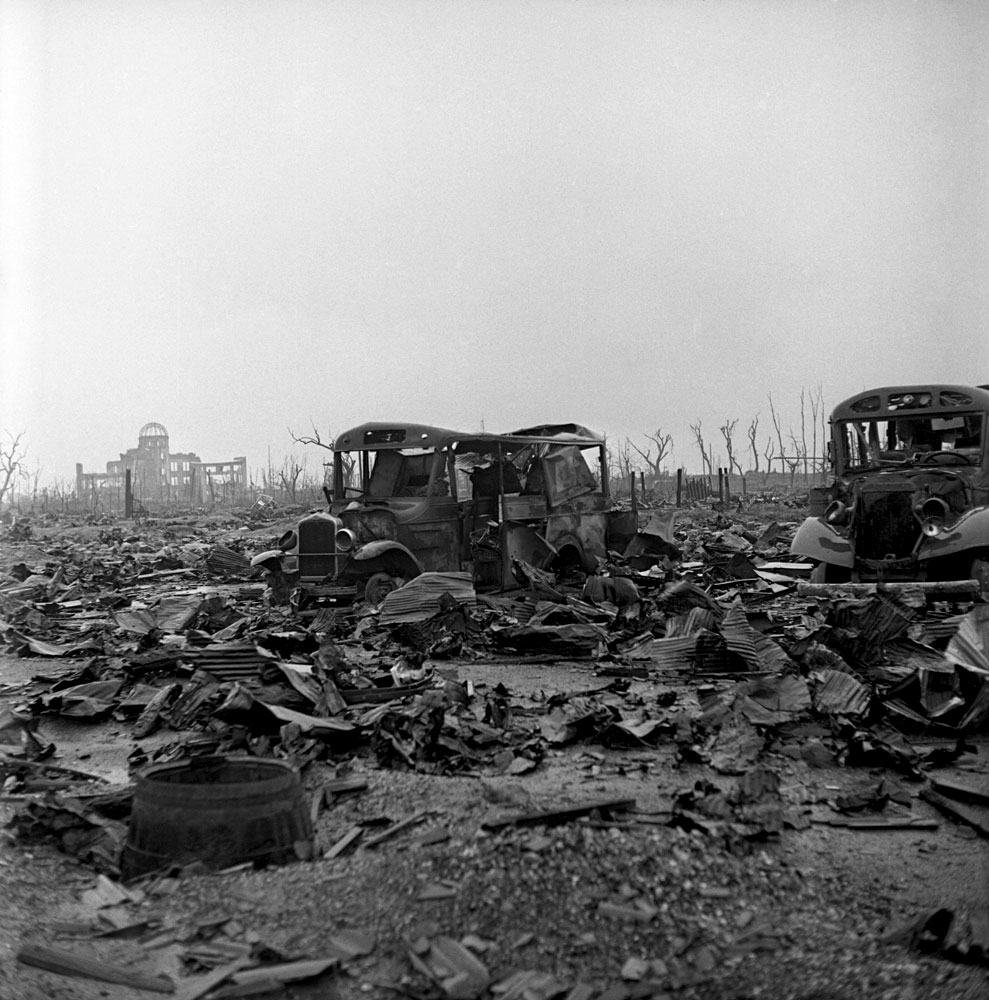
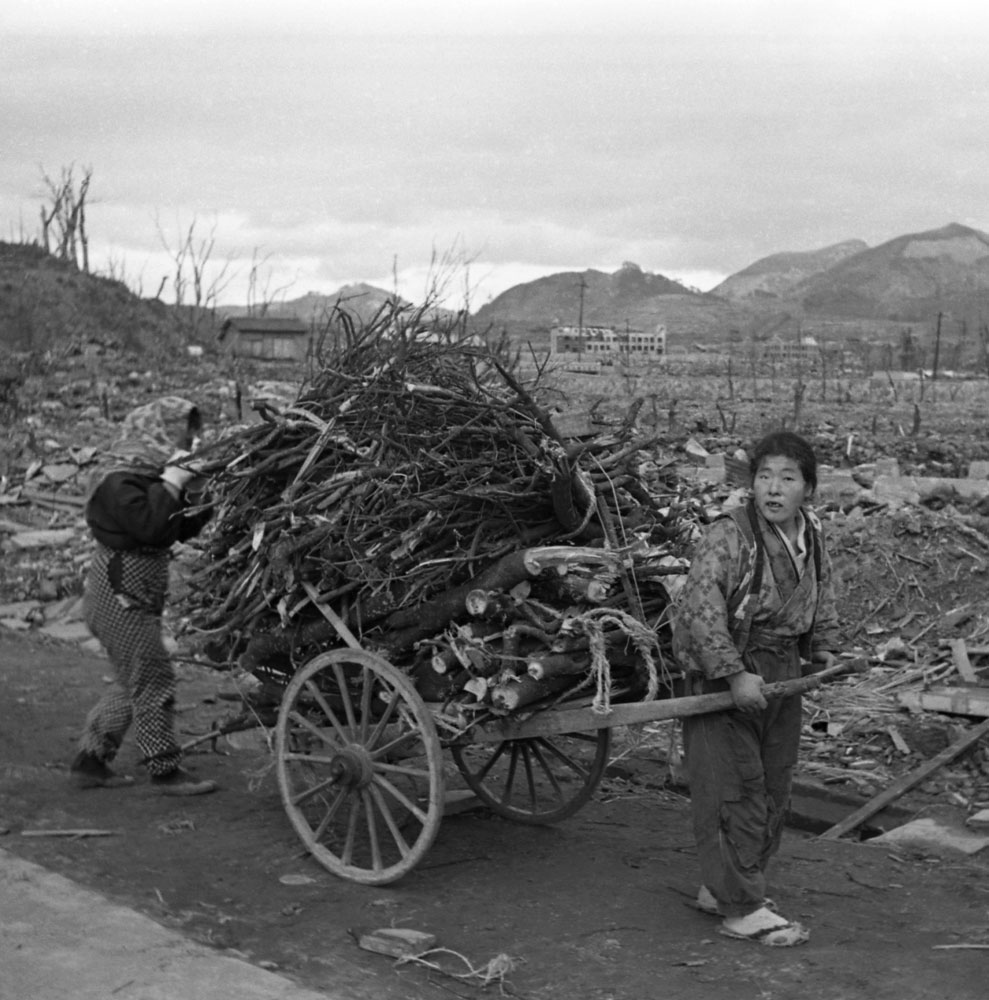
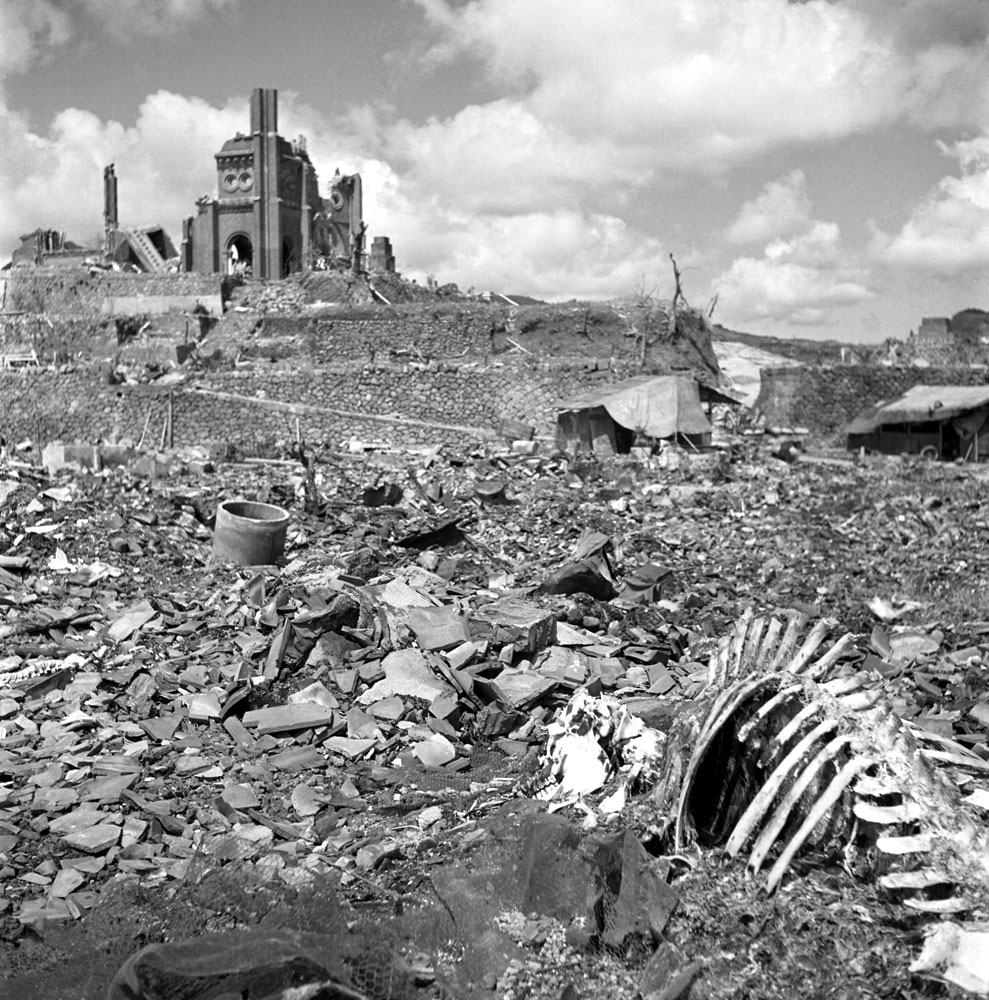
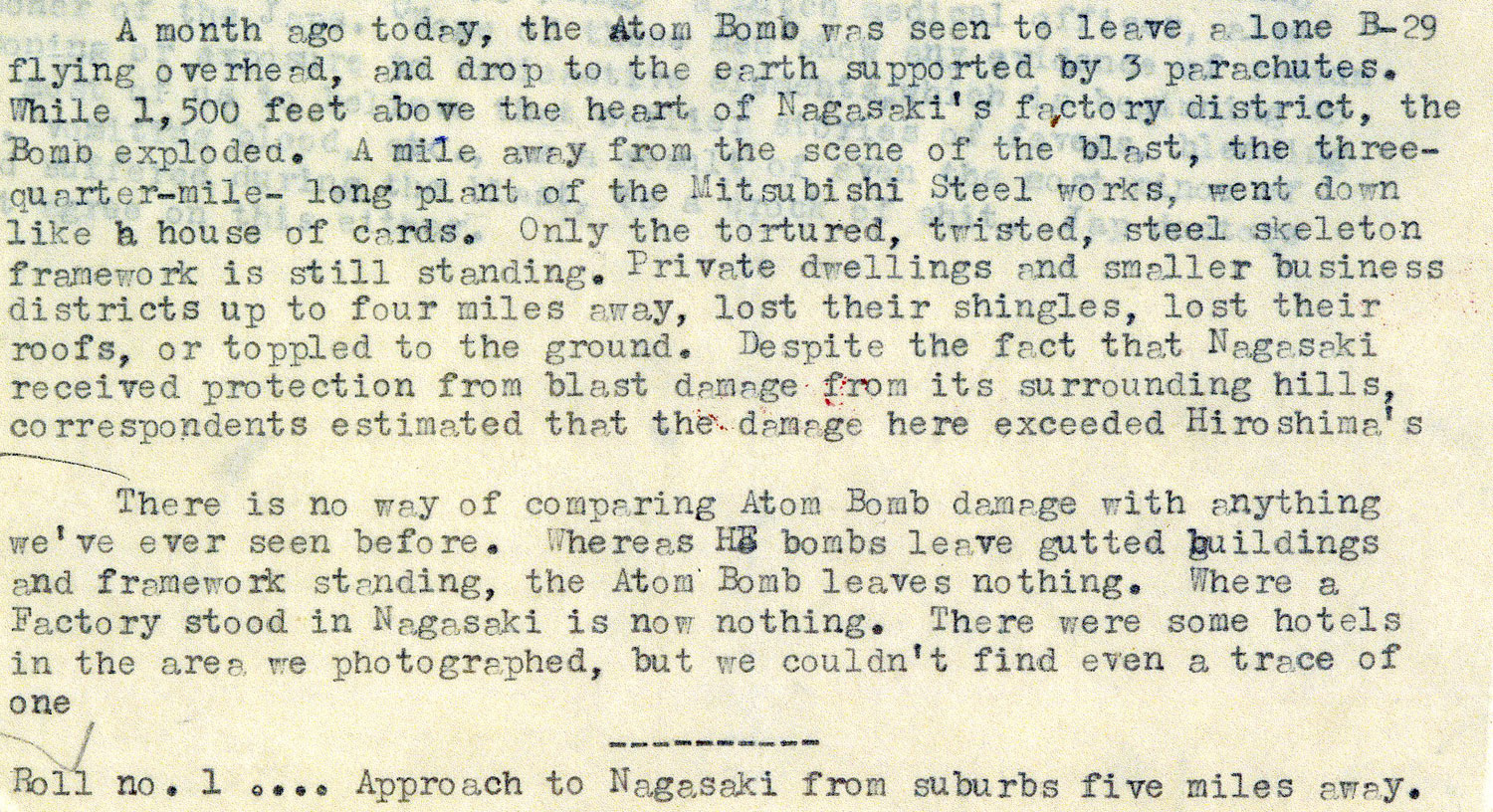
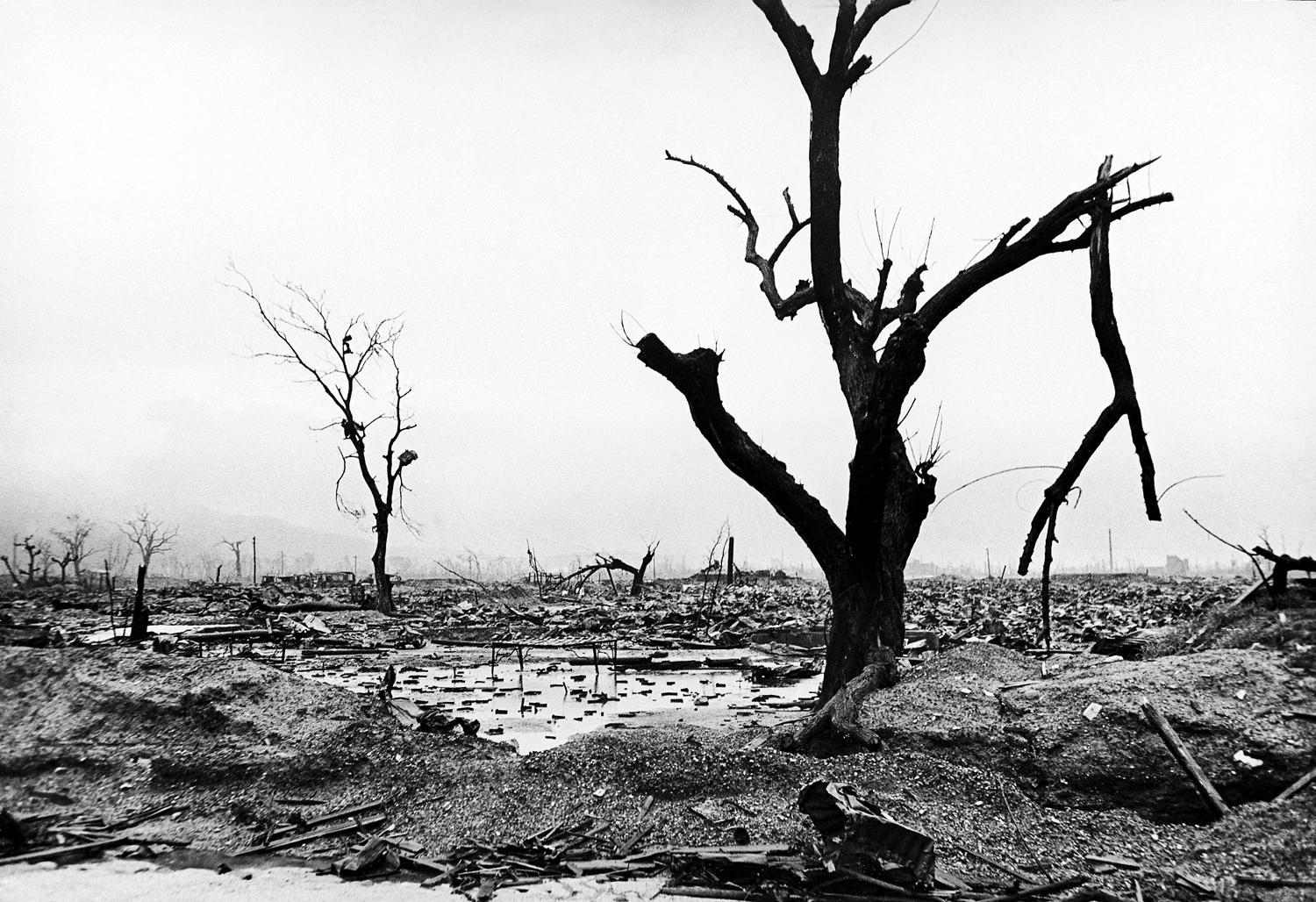
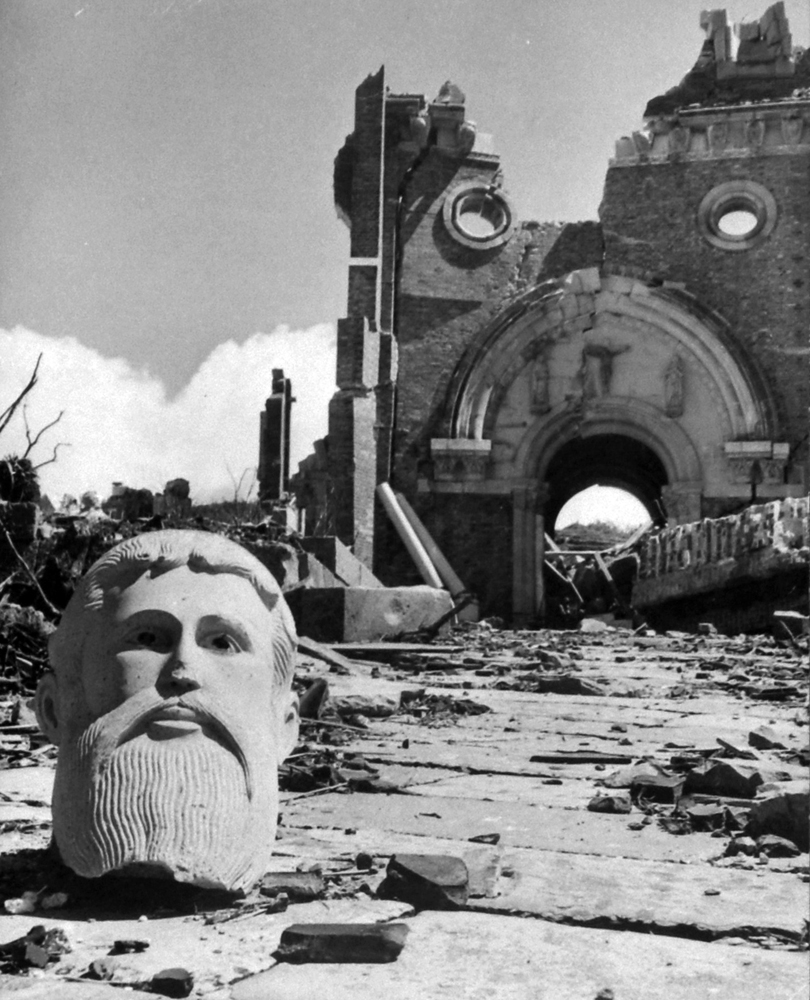
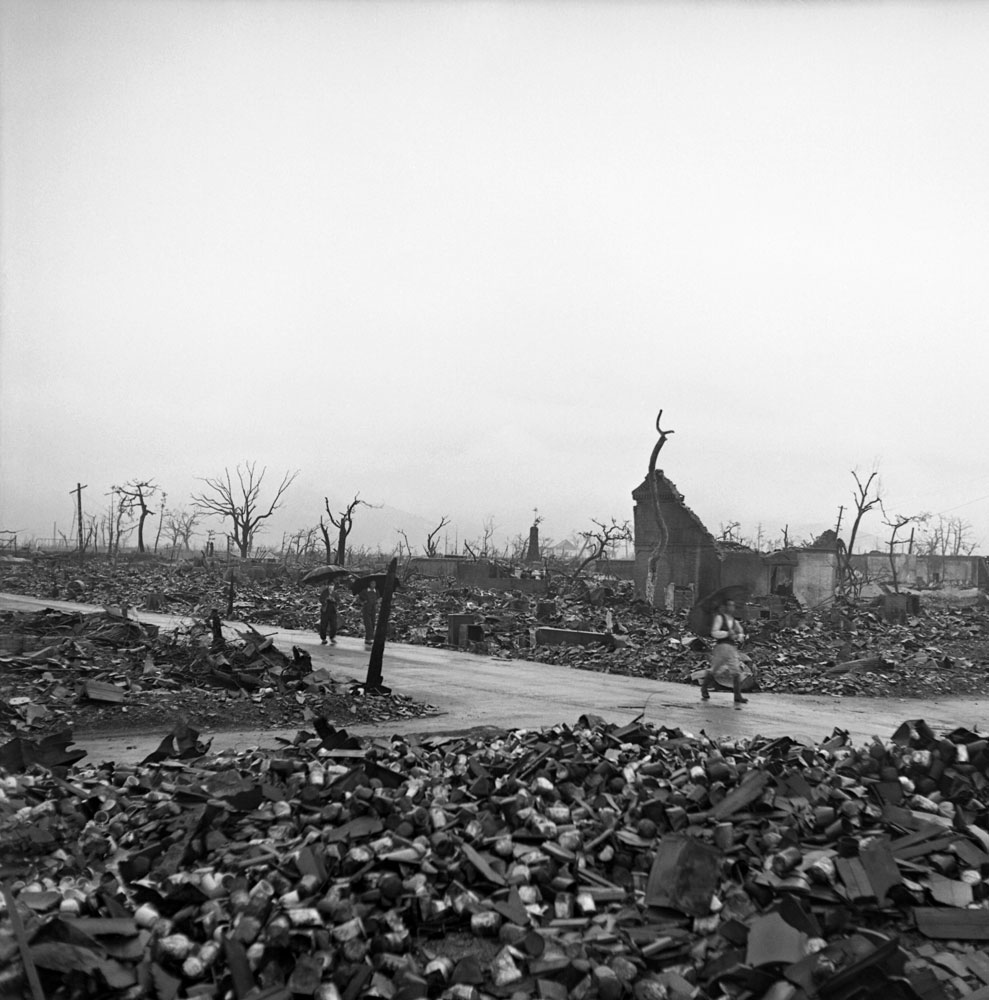

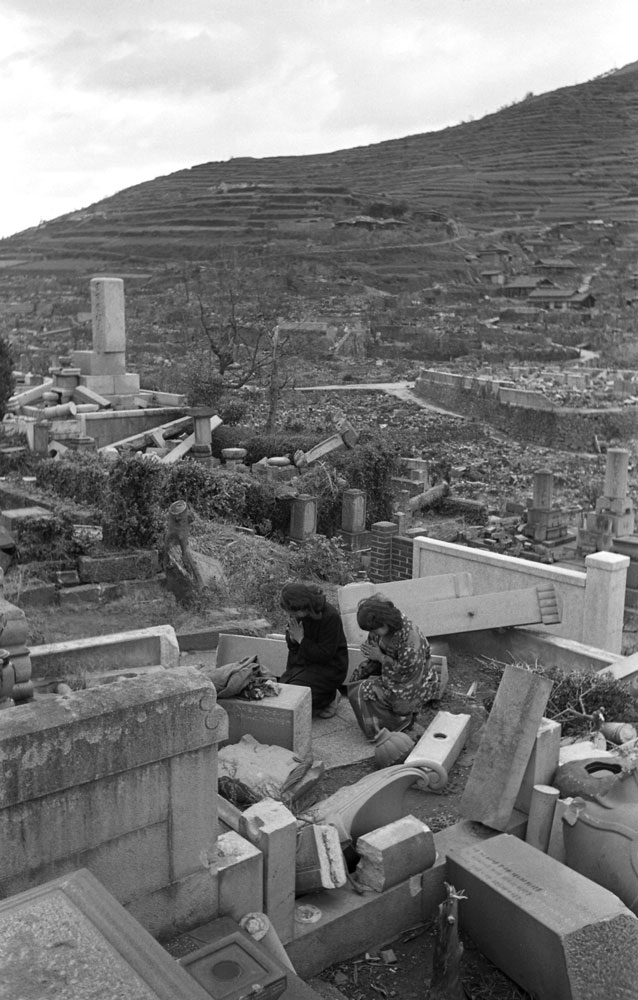

More Must-Reads from TIME
- Donald Trump Is TIME's 2024 Person of the Year
- Why We Chose Trump as Person of the Year
- Is Intermittent Fasting Good or Bad for You?
- The 100 Must-Read Books of 2024
- The 20 Best Christmas TV Episodes
- Column: If Optimism Feels Ridiculous Now, Try Hope
- The Future of Climate Action Is Trade Policy
- Merle Bombardieri Is Helping People Make the Baby Decision
Write to Lily Rothman at lily.rothman@time.com